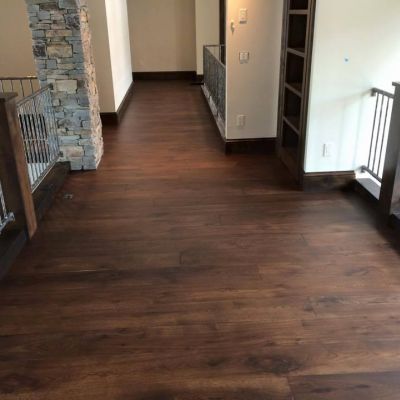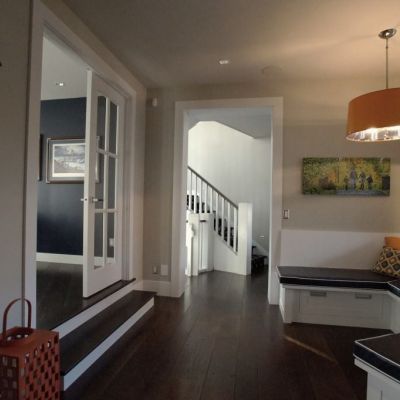Engineered Hardwood Floors
Did you know that there are two types of hardwood flooring, solid and engineered. Both add value and structure to your home and are available in plenty of species, stains and styles so why choose engineered hardwood over solid hardwood floors?
Most engineered wood is slightly thinner than solid hardwood ranging from 3/8” to 1/2" thick, (though some engineered floors have a thicker top hardwood layer that allows them to be sanded and refinished several times). Engineered floors can be a good choice if you need a thinner wood for an existing space, for example, to match the height of an adjoining floor or fit kitchen appliances into tight spaces between countertops and floors.
Engineered hardwood floors are made up of layers. The top layer is 100% natural wood, which comes in a variety of species. The bottom layer is also wood. In the middle is a core built from 5 to 7 layers of plywood that crisscross in different directions. This construction creates a highly stable core that is less likely to expand, contract or shift when exposed to moisture, humidity and temperature, making engineered hardwood an excellent choice for areas where solid hardwood cannot be installed, like in basements (due to moisture), over concrete floors, or over radiant heating systems.
With a few exceptions, engineered wood flooring is available in a wide range of styles, ranging from traditional to specialty designs with features like multi-tonal colors and handcrafted tool markings. In fact, certain looks, such as extra-wide planks, may only be possible with engineered wood.
Engineered flooring has multiple species to choose from: Oak, Maple and Hickory, plus softer species like Birch, Cherry and Walnut, and exotic woods like African Mahogany, Acacia and Tigerwood.



